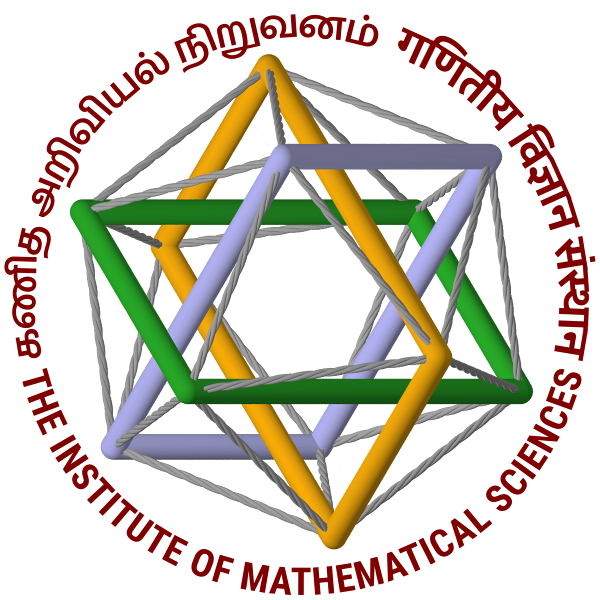A national institute for research in the theoretical sciences
Upcoming Events
Sep 16
12:00-13:00
12:00-13:00
Ritajit Kundu | IIT Kanpur
Physics Seminar | E C G Sudarshan Hall
Sep 18
11:30-13:00
11:30-13:00
Tanmoy Sengupta | CMI
Thesis Defence | Alladi Ramakrishnan Hall
Sep 19
10:00-11:00
10:00-11:00
Anannya Upasana | IMSc
TCS Seminar | Alladi Ramakrishnan Hall





